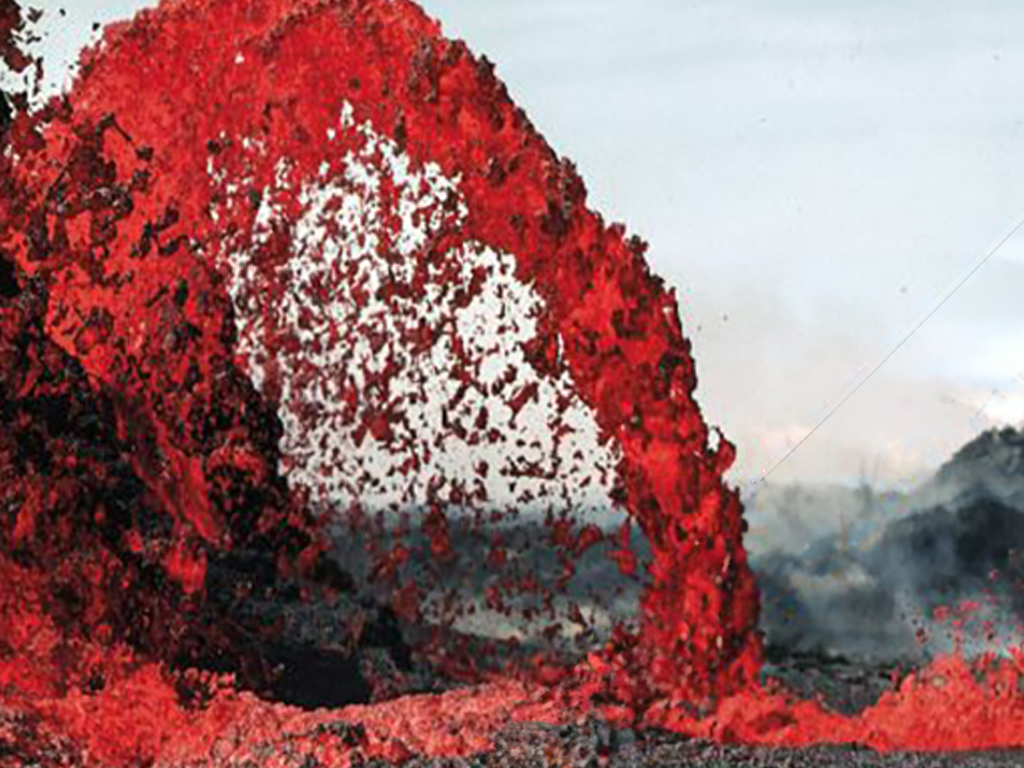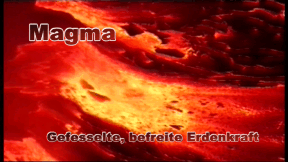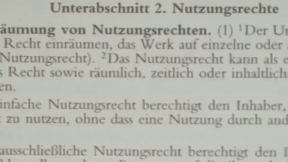 Geography
Geography
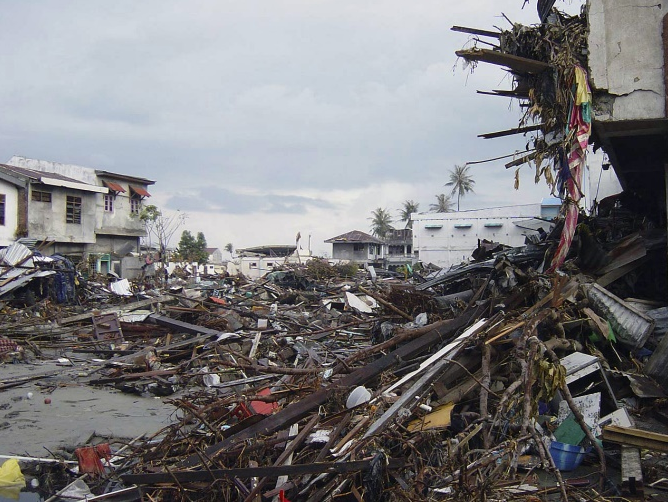
4673661 / 5562351
Earthquakes
Origin and Consequences
For millennia, people have been afraid of earthquakes. A force of nature that regularly devastates whole regions and claims thousands of lives. One reason for the fear of earthquakes may be that so far people have not succeeded in predicting these natural phenomena. Therefore, earthquakes still hit people unprepared in most regions of the world. No earthquake is like the other, they are distinguished by their duration as well as their strength. Based on measurements of so-called seismographs or seismometers at monitoring stations, earthquakes can be registered and ground motions recorded as so-called seismograms.
Play trailer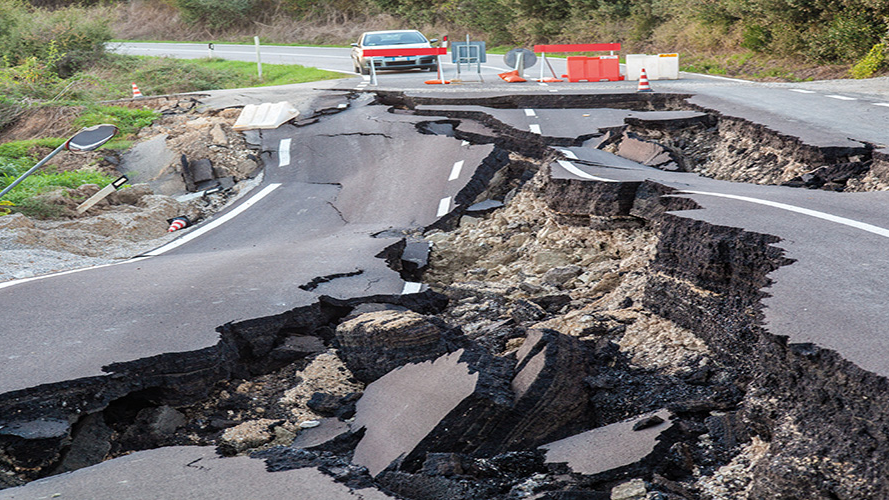
Curriculum-centred and oriented towards educational standards
Matching
Magma
The face of our home planet is subjected to constant change. Mountains are created and eroded over time, oceans flood continental areas, glaciers assume gigantic proportions, modify landscapes and melt – all this happens mostly in very long geological periods of time. Far more spectacular and more comprehensible to humans in terms of time, however, are natural phenomena associated with magmatism, above all, when we encounter them in their most obvious manifestation, volcanism. These natural events that entail far-reaching changes on the surface of the earth, sometimes devastating destruction and high casualties, have impressed civilisations, inspired their imagination and often spread fear and terror from time immemorial. Let us look with wonder and awe at the following breath-taking pictures of volcanic eruptions. They spectacularly illustrate the huge, immeasurable forces hidden inside our earth. At the same time, these pictures make us aware how tiny and powerless we are ourselves.
The Daily Newspaper
Every day, there is a surge of news reaching us via different news channels. In spite of TV and Internet, the daily paper still is one of the most important main sources of news. But how is a newspaper created? The film shows the production of a paper in the course of one day. Starting with the editorial meeting in the morning, in which the topics and deadlines are determined, the film accompanies a journalist during her research work. You can see how a journalistic interview is conducted and what the photographer must consider when taking a press photo. Back in the editorial office, the editor’s work is illustrated, which includes the page layout and the writing of an online article in today’s time. Impressive pictures from the printing centre depict the process from the digital page to the finished newspaper. Together with the comprehensive accompanying material, the DVD is perfectly suited for use at school
Copyright
Copyright is subject to constant change to keep up with technological advances. This film enables the viewer to grasp the basic principles of this extremely intricate matter. By way of introduction, the film defines what an author is, what kinds of works there are and how long a work is protected on principle. Then the fundamental rights of an author are cited and it is shown how these are exploited in our times. In the third chapter, the respective rights are illustrated by way of practice-oriented examples of books, photos, music and films. Here, of course, an emphasis is laid on the field of education, taking into account the latest case law within the EU and Austria in particular. A further chapter highlights the problems arising with the Internet and goes into the citation law and pirate copies. All in all, in this way the viewer is made familiar with the most important basic terms and their meanings. Comprehensive worksheets and additional accompanying material invite us to deepen our knowledge of the subject.




